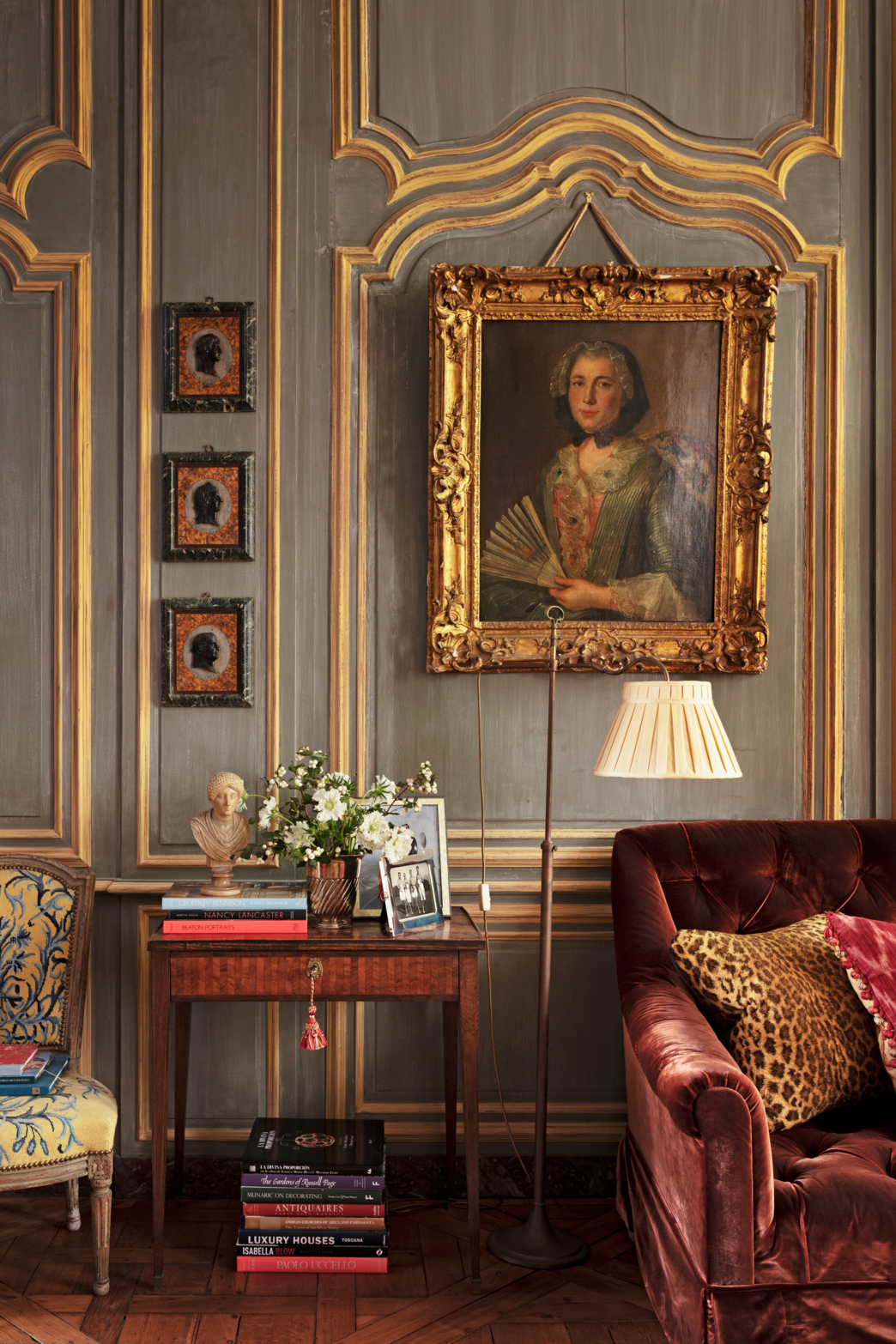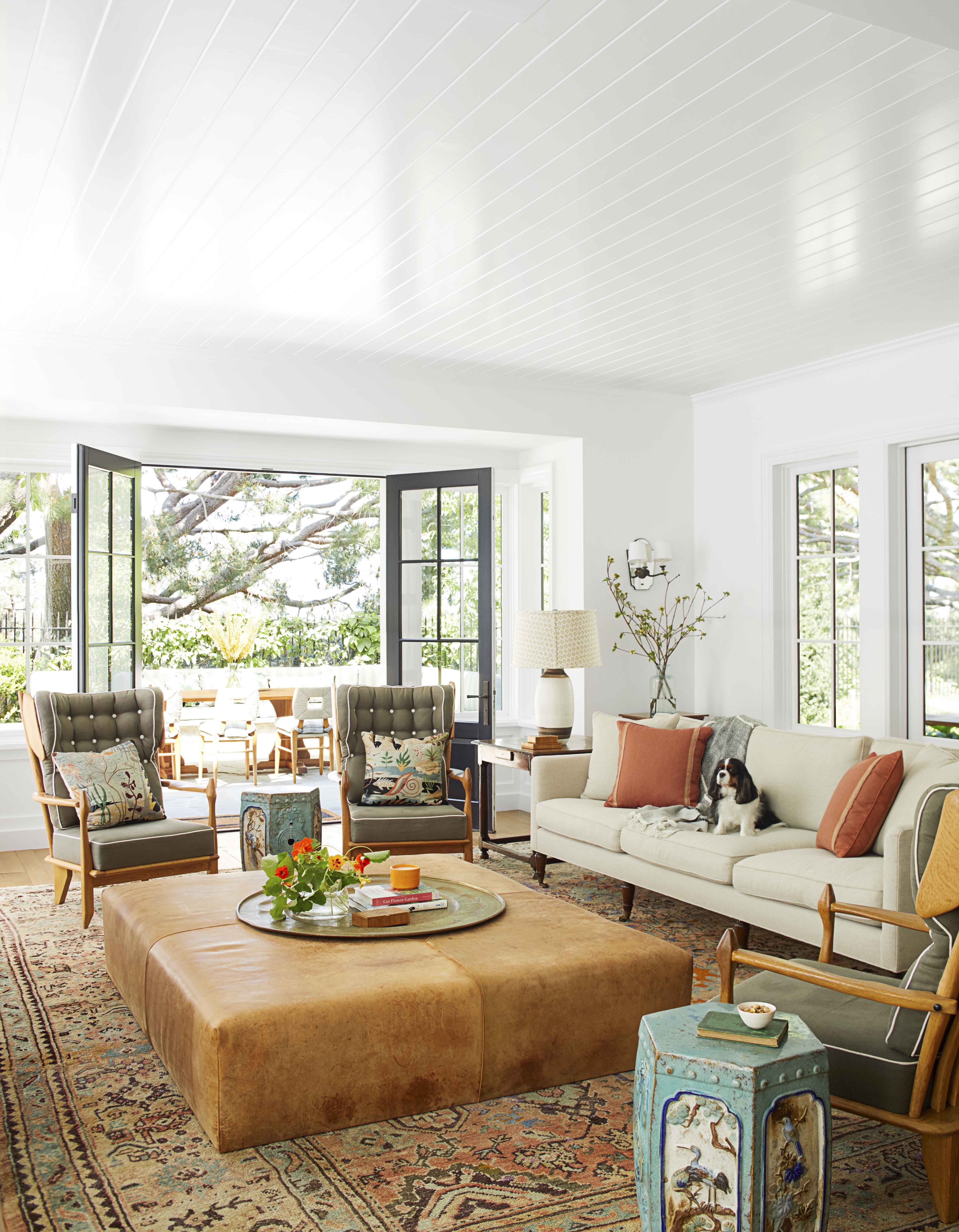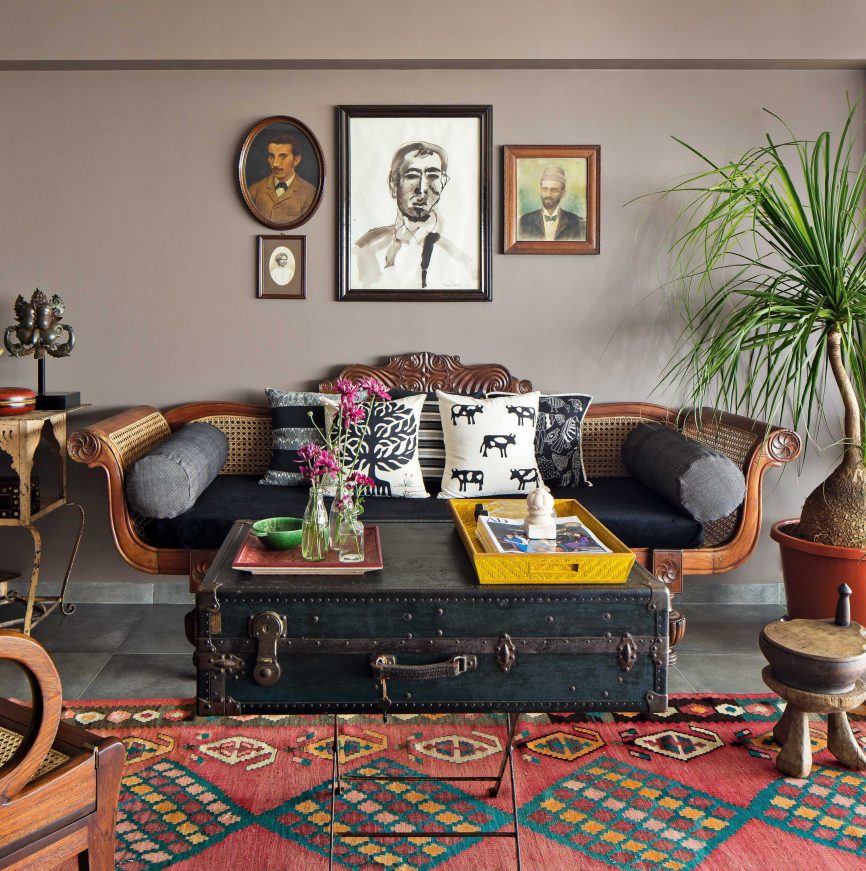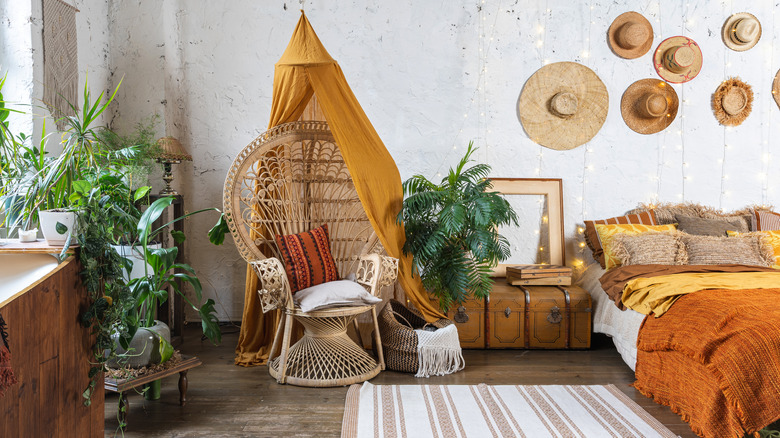As a lover of history and the unique stories that each piece tells, I have found that antique home decorations can infuse character into any space. In this article, we’ll explore various styles, tips for sourcing antiques, and how to incorporate them into your home. So, grab a cup of tea, and let’s dive into the world of antiques!
What Are Antique Home Decorations?
Antique home decorations are items that are at least 100 years old. They range from furniture to decorative objects like vases, paintings, and even textiles. The beauty of antiques lies in their history, craftsmanship, and the narratives they bring into your home.
The Allure of Antiques
Antiques hold a special place in interior design due to their unique aesthetics. Here are a few reasons why people are drawn to antique decorations:
- Uniqueness: Each antique piece is one-of-a-kind, offering something distinct in a world of mass-produced items.
- Quality: Often crafted with superior materials and techniques, antiques tend to be more durable.
- Character: Antiques add a sense of warmth and personality to any space.

Types of Antique Home Decorations
1. Antique Furniture
Furniture can make or break a space. Antique furniture not only serves a function but also acts as a conversation starter. Here are some popular types:

| Type | Description | Popularity |
|---|---|---|
| Chesterfield Sofa | Classic button-tufted leather sofa, often dark brown. | High |
| Farmhouse Table | Rustic wooden dining table, perfect for family gatherings. | Medium |
| Victorian Chairs | Elaborate, upholstered chairs with intricate designs. | Medium |
| Mid-century Modern | Sleek, functional furniture that emphasizes simplicity. | High |
2. Antique Decorative Items
From ornate mirrors to vintage clocks, decorative antiques can accentuate your home’s style. Popular pieces include:
- Wall Art: Old paintings or framed photographs.
- Vases: Hand-painted porcelain or glass vases.
- Clocks: Grandfather clocks or mantel clocks that tell time with a story.

Choosing the Right Decorative Items
When selecting decorative antiques, consider the overall theme of your home. Mixing styles can create a visually stimulating aesthetic but ensure cohesion through color palettes or materials.
How to Incorporate Antique Decorations into Your Home

1. Create a Focal Point
Using an antique piece as a focal point can anchor a room. For example, a vintage dining table can become the centerpiece of your dining room.
2. Mix Modern with Antique
Don’t be afraid to juxtapose modern décor with antiques. A sleek, contemporary sofa paired with a vintage coffee table can create a striking balance.

3. Layer Textures
Antiques often come with rich textures. Layering different materials can add depth to your design. Try combining an antique wooden chest with soft fabrics like velvet or linen.
Personal Experience: My Antique Adventure
I remember the first time I stumbled upon an antique shop nestled in a quiet street of my town. The aroma of aged wood and the charm of forgotten stories drew me in. I found a stunning art deco vase that completely transformed my living room. This sparked a passion for antique hunting, and I encourage you to explore similar adventures!

Where to Find Antique Home Decorations
1. Antique Stores
Visit local antique shops for a curated selection of pieces. Shop owners often have rich knowledge about the items and their histories.

2. Estate Sales
Estate sales can be treasure troves for antiques. You often find unique items that can be more affordable than in shops.
3. Online Marketplaces
Platforms like eBay, Etsy, or specialized antique websites offer a wide variety of items. Just ensure that you verify the seller’s credibility.
Pros and Cons of Antique Home Decorations
Pros
- Timeless appeal and unique character.
- Generally higher quality than modern replicas.
- Can increase in value over time.
Cons
- Can be more expensive than new items.
- May require upkeep and restoration.
- Finding the right pieces can be time-consuming.
Styling Tips for Antique Home Decorations
1. Keep it Simple
Let your antique pieces shine by keeping the surrounding décor minimal. This allows your antiques to become the focal point.
2. Curate Collections
Displaying a collection of similar items (like antique books or globes) can create a cohesive look that enhances your decor.
3. Use Vintage Colors
Incorporating colors typically found in antiques, such as muted greens, reds, and golds, can enhance the vintage feel of your decor.
FAQs about Antique Home Decorations
What defines an antique piece?
An antique is generally defined as an item that is at least 100 years old. This category may also include items that hold significant historical value.
How can I tell if an antique is authentic?
Research is key when determining authenticity. Look at the maker’s mark, construction methods, and materials used. Online resources and appraisers can also provide valuable insights.
Are antique home decorations worth the investment?
Yes, in many cases, antique items can appreciate in value over time. Additionally, they can elevate your home’s aesthetic, making them a worthwhile investment.
How do I clean and care for antique decorations?
Cleaning antiques requires caution. Use a soft cloth and gentle cleaners. It’s often recommended to consult a professional conservator for valuable pieces.
Conclusion: Embrace the Charm of Antique Home Decorations
Antique home decorations are more than just items; they are pieces of history that add depth and character to our lives. By carefully selecting and styling these treasures, you can create a home that is not only aesthetically pleasing but also rich in stories and memories. Whether you’re just beginning your antique journey or are already a seasoned collector, there’s always something new to discover in the enchanting world of antiques.